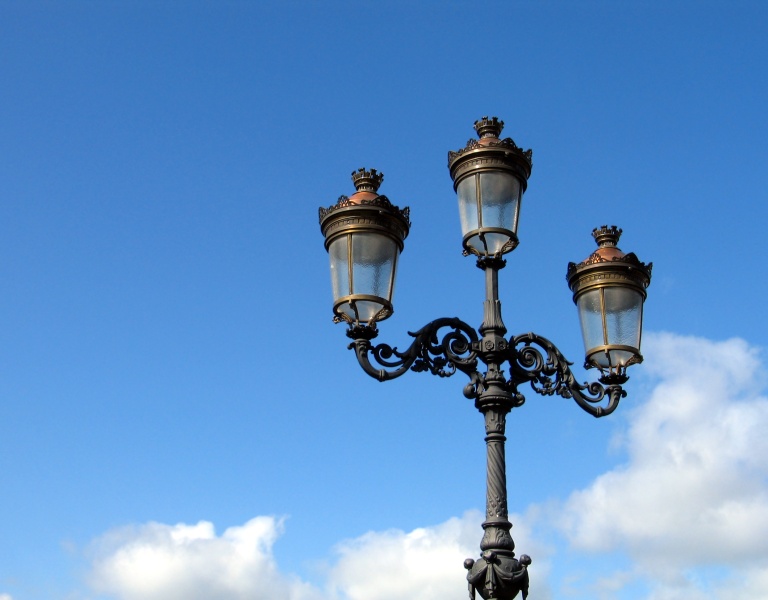LED's Are Lighting Up Portmarnock, Saving Residents Thousands
The move to LED lights for residents at The Links in Portmarnock, is driving down electricity demand, increasing safety and reducing harmful carbon emissions.
Key achievements
Reduced energy consumption and carbon emissions
Energy savings of 60% (40,000 kWhs) resulting from installing LED's
A greater sense of safety at night
Residents are delighted with the enhanced brightness and a greater sense of safety at night-time
About the Project
The Links is a Multi-Unit Development (MUD) consisting of 287 apartments, divided over 30 Blocks and serviced by 46 common-area meter points (MPRNs).The bulk of the energy load in this development consisted of fluorescent lighting and 47 70Watt SON lamps, which have low light efficiency and high costs. In an effort to reduce costs, the facilities team looked into the benefits of converting from traditional lighting sources to LEDs. Getting buy-in from management before beginning the lighting retrofit was key to the successful delivery of the project. They carried out an energy audit and drafted a lighting upgrade proposal. The Links Management Company then applied for the SEAI Community grant.Their application was successful and they received financial support to the value of approximately 30%.
The project was split into the three main areas in need of lighting upgrades:
- Lighting associated with the 30 blocks and representing 47% of kWh total
- Street lighting representing 25% of kWh total
- Car-park lighting representing 28% kWh total
A total of 568 lamps throughout the complex were upgraded to highly efficient LED's. Comprehensive monitoring of the energy savings was carried out over one full year pre and post works, and the report indicates an energy saving of 60% (40,000 kWhs) resulting from the lighting upgrade alone.
Areas I and 2 were controlled by Photocell operation or activated on a 24/7 basis (emergency lighting), meaning that their load could be accurately measured. Area 3 was controlled by PIR sensors and needed fine tuning and additional lighting segregation, before returning expected savings. All lights are now fully operational with no problems.
LED's have a longer lifespan than the traditional lightbulb so by upgrading to LEDs, maintenance staff no longer need to change lamps and ballasts as often. The apartment owners positively commented on the enhanced brightness from the LEDs and a greater sense of safety at night.
The main challenge encountered during the process was getting the 'street lighting' approval with the Board of Directors at The Links. The Board wanted to match the legacy light lamps as close as possible. After three iterations, a suitable style was selected which did not affect the light output. All works were completed over a 6-month period.
"The advice I would give is to audit the lighting load and estimate the potential LEDs gains based on approximate savings and ensure that the project delivers on savings. It is important in this context to have a database of historical readings/consumptions to facilitate ongoing/historical comparative analyses." Hugh McElroy, Resident at The Links.
